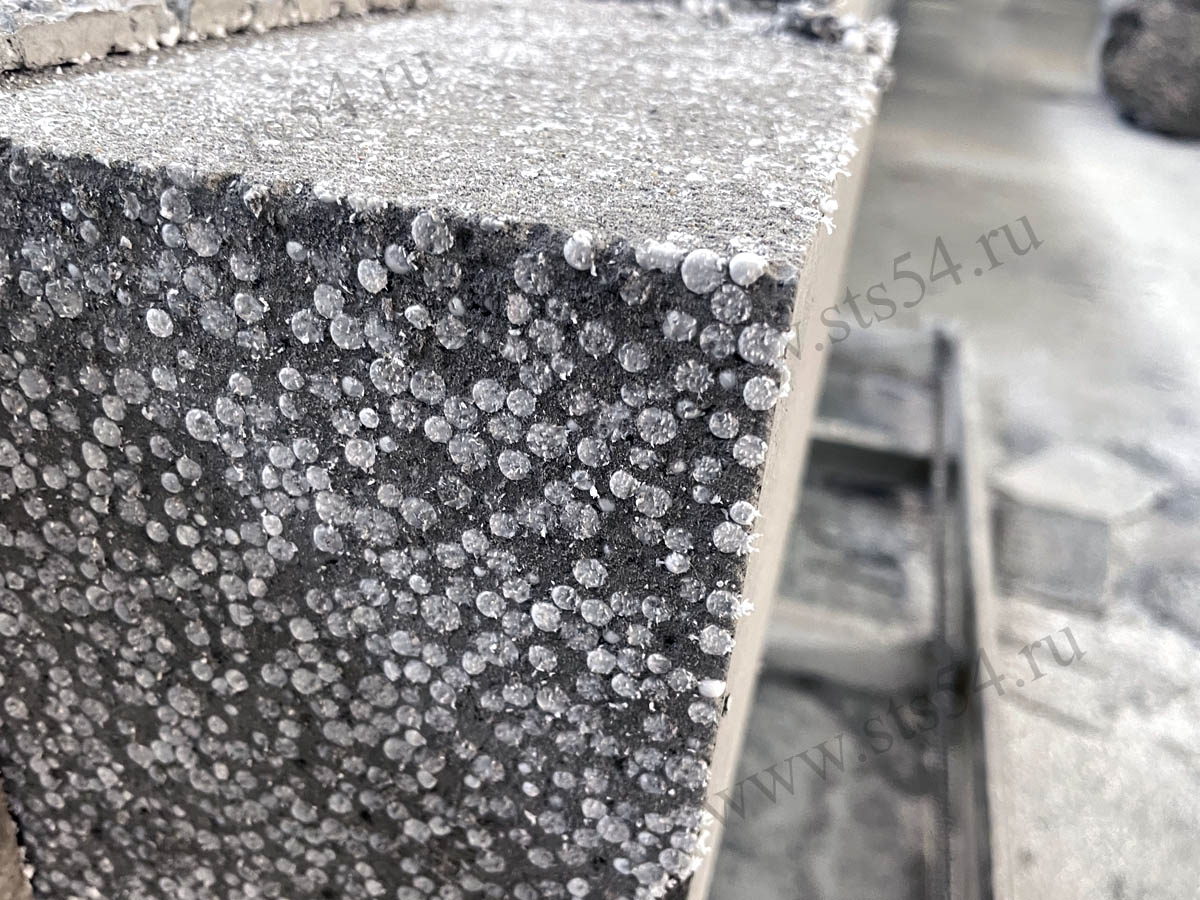Expanded polystyrene concrete in the Middle East

Expanded polystyrene concrete is a building material made from a combination of cement, sand, water, and expanded polystyrene (EPS) beads. The use of EPS in concrete mixtures creates a lightweight, durable, and energy-efficient material that has been gaining popularity in construction projects around the world. The Middle East is no exception, as more and more construction companies in the region are turning to polystyrene concrete to help reduce project costs and improve the energy efficiency of their buildings.
One of the main advantages of polystyrene concrete is its low density, which makes it significantly lighter than traditional concrete. This can lead to reduced transportation costs, easier handling on the job site, and a lower overall weight load on the building's foundation. Additionally, the use of EPS beads in the concrete mix creates an insulating effect that can help to reduce heating and cooling costs in the building. This is especially important in the Middle East, where energy costs can be quite high due to the extreme temperatures in the region.
Despite its advantages, the use of polystyrene concrete is not yet widespread in the Middle East, and there are several challenges that need to be addressed in order to further promote its use in the region. These challenges include a lack of awareness and understanding of the material among construction professionals, as well as a shortage of local manufacturers of high-quality polystyrene concrete. However, with the right investments in education and infrastructure, the use of this material has the potential to significantly improve the efficiency and sustainability of construction projects in the region.
One of the key drivers of the increased use of polystyrene concrete in the Middle East is the growing focus on sustainable building practices. With a high demand for energy-efficient buildings in the region, the use of polystyrene concrete offers an attractive solution for reducing energy consumption and lowering carbon emissions.
Another benefit of polystyrene concrete is its excellent thermal and sound insulation properties. The EPS beads in the concrete mix create a structure that is more resistant to temperature fluctuations, as well as providing excellent sound absorption. This makes it an ideal material for use in applications such as wall and roof insulation, where the reduction of heat transfer and noise pollution are critical.
In addition to its thermal and acoustic properties, polystyrene concrete is also highly resistant to fire and moisture, making it an ideal material for use in harsh environments. This is particularly important in the Middle East, where the hot, dry climate can cause materials to degrade quickly over time.
Overall, the use of polystyrene concrete in construction projects offers significant benefits in terms of cost savings, energy efficiency, and sustainability. As more construction companies in the Middle East become aware of these benefits, it is likely that the use of this material will continue to grow in the region. With the right investments in education and infrastructure, polystyrene concrete has the potential to revolutionize the construction industry in the Middle East and beyond.
Despite the many benefits of polystyrene concrete, there are still some challenges that must be addressed in order to ensure its widespread adoption. One of the main challenges is the lack of awareness and understanding of the material among designers and engineers in the region. This can lead to hesitation in using the material in projects, as well as potential issues with proper installation and maintenance.
Another challenge is the cost of the material, which can be higher than traditional concrete. However, it is important to note that the long-term benefits of using polystyrene concrete, such as increased energy efficiency and reduced maintenance costs, can outweigh the initial investment.
To address these challenges, it is important to increase education and training around the use of polystyrene concrete in construction projects. This can include providing technical training to engineers and architects, as well as promoting the benefits of the material through case studies and other marketing efforts.
In addition, investments in infrastructure and manufacturing capabilities can help to lower the cost of polystyrene concrete and make it more accessible to construction companies and developers in the region. With the right support and investment, the use of this material has the potential to transform the construction industry in the Middle East and beyond.
In conclusion, the use of polystyrene concrete in the Middle East is a growing trend that offers significant benefits in terms of sustainability, energy efficiency, and durability. While there are still some challenges to be addressed, the potential benefits of this material make it a promising solution for the construction industry in the region. As more companies become aware of these benefits and invest in the necessary education and infrastructure, the use of polystyrene concrete is likely to continue to grow in the years to come.

 +7 913-923-66-02
+7 913-923-66-02




